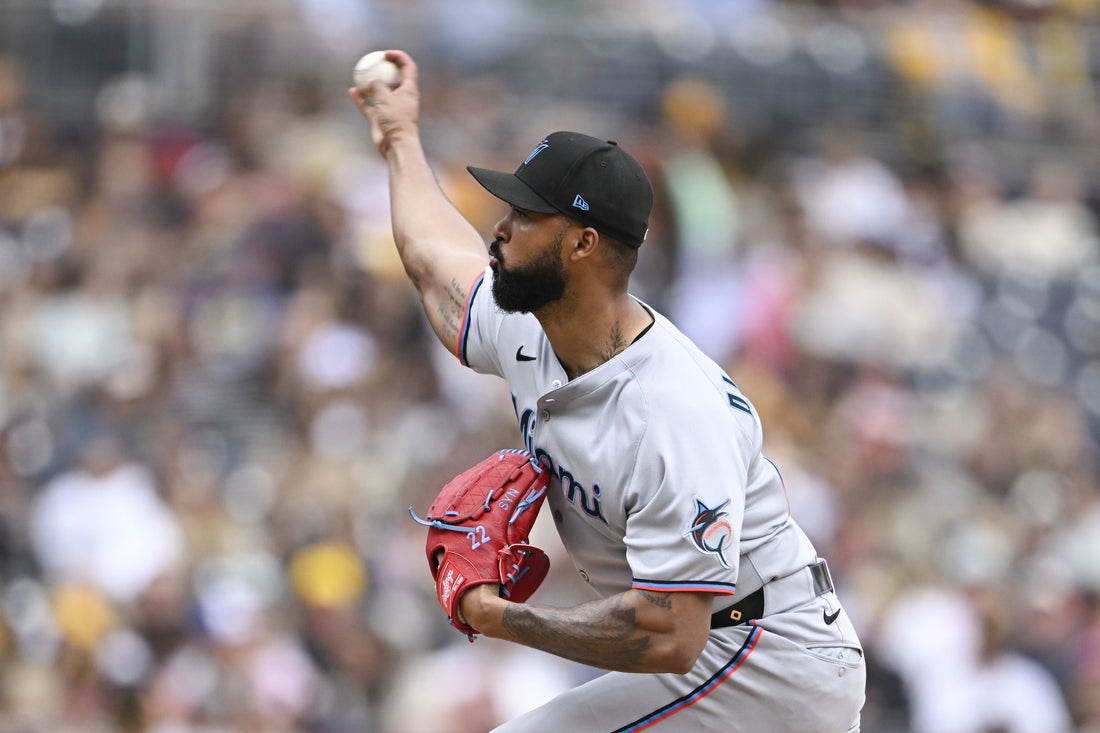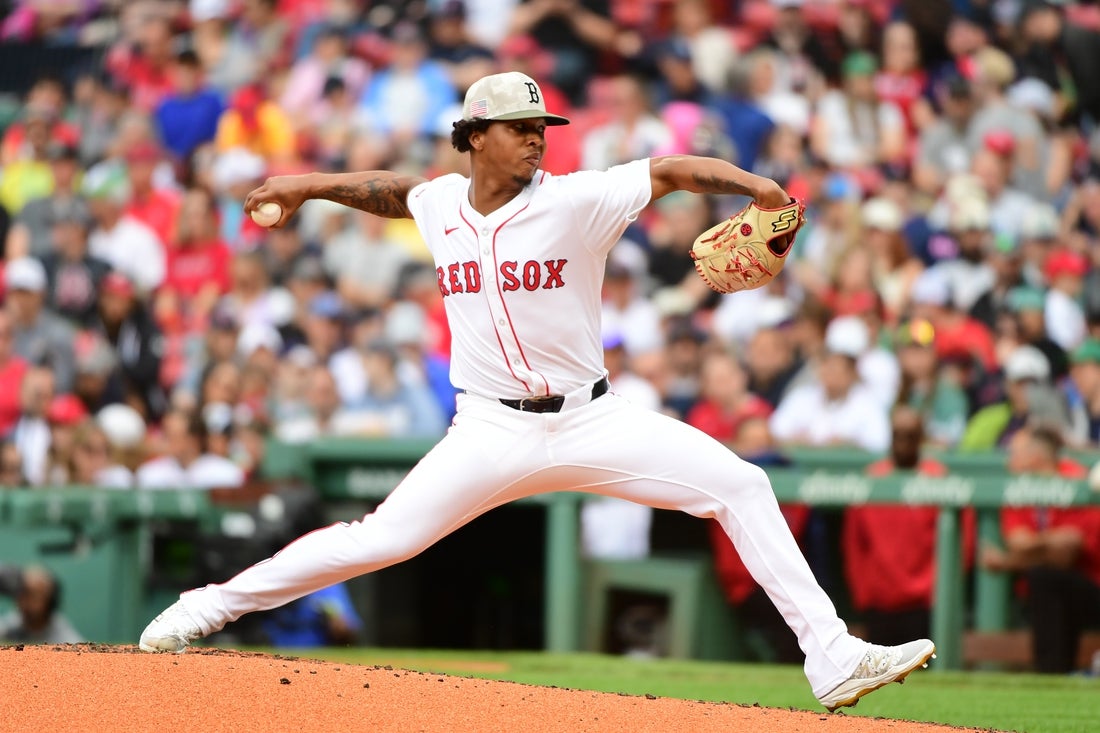Travis Hunter has been a name to watch since he flipped from Florida State to Deion Sanders’ upstart Jackson State program during his high school recruitment.
It became almost immediately evident the big-play wide receiver and shutdown cornerback had the skills to warrant the attention, and his talent carried him to Colorado — and all the way to the Heisman Trophy podium in December.
Now comes the question: What’s next?
There’s no debate about his ability. And while general managers are split on which position suits him best, they can at least agree on his incredible talent and potential. Looming over the April 24 draft are questions about whether Hunter can get time on both sides of the ball.
Here are the questions teams must answer before selecting Hunter in the NFL Draft.
Could Travis Hunter Be an Instant Eraser at Cornerback?
Cornerback was always Hunter’s primary position. He has more reps, more film and more proof of his potential at corner. Name a team in the NFL where he wouldn’t be CB1 — there are only a few — and you can see the framework of the conundrum for GMs begin to develop.
He profiles as an excellent man-to-man cornerback who would thrive in a scheme that emphasizes press coverage. He’s physical and instinctual, quickly hitting his breaks and keeping pace with wideouts over the middle and deep threats who push vertically. His leverage and ability to push for the ball are aggressive and helped him generate strong deflection and interception numbers.
Where does he struggle? Mainly against taller targets.
His strides are a bit short and, even with his bravado and physicality, he has some struggles with body control, getting boxed out at the catch point. His quick steps don’t always translate to top-end speed, and he’s likely just an average athlete by NFL standards. He holds his own, but improvements could be made with better hip flexibility and speed training.
Can Travis Hunter Make It Work as a Full-Time NFL Wideout?
Hunter put in plenty of time at wide receiver for Colorado, building a strong partnership with quarterback Shedeur Sanders. His play is marked by the same cornerback traits that make him a special prospect.
Hunter rarely loses track of the ball, making him a reliable possession receiver and trustworthy target. He has great awareness, knows where and when on the field to accelerate to gain space after the catch, and he’s pretty elusive downfield. There’s intelligence to his play — with football instincts evident from an innate understanding of how defensive backs play against wideouts. He knows the tricks of the trade and how to flip them to his advantage.
That said, his two-way play may have limited his time to develop a refined route tree — some sloppiness shows in areas he likely won’t be able to get away with in the NFL. Even so, there’s undoubtedly a case that his upside is higher at wide receiver than at cornerback.
Will He Play Both Sides?
It’s more than likely Hunter sees moderate two-way work. That’s especially true if the team that drafts him sees him primarily as a cornerback.
More situational opportunities arise on offense where Hunter wouldn’t be needed on the field. If you have two solid wideouts, deploying Hunter on select packages — say, 20 snaps per game — could create major mismatches. He’s a must-cover option in the short-to-intermediate area.
However, he’s not the type of cornerback you want in a limited role. He’s too talented to take off the field, and reducing his reps would be a disservice to any defense — essentially punting the possibility of a game-changing play. It’s very possible he sticks full time at one position or the other, but fans and even teammates are likely to clamor for a bit part at whichever position Hunter isn’t playing primarily.









